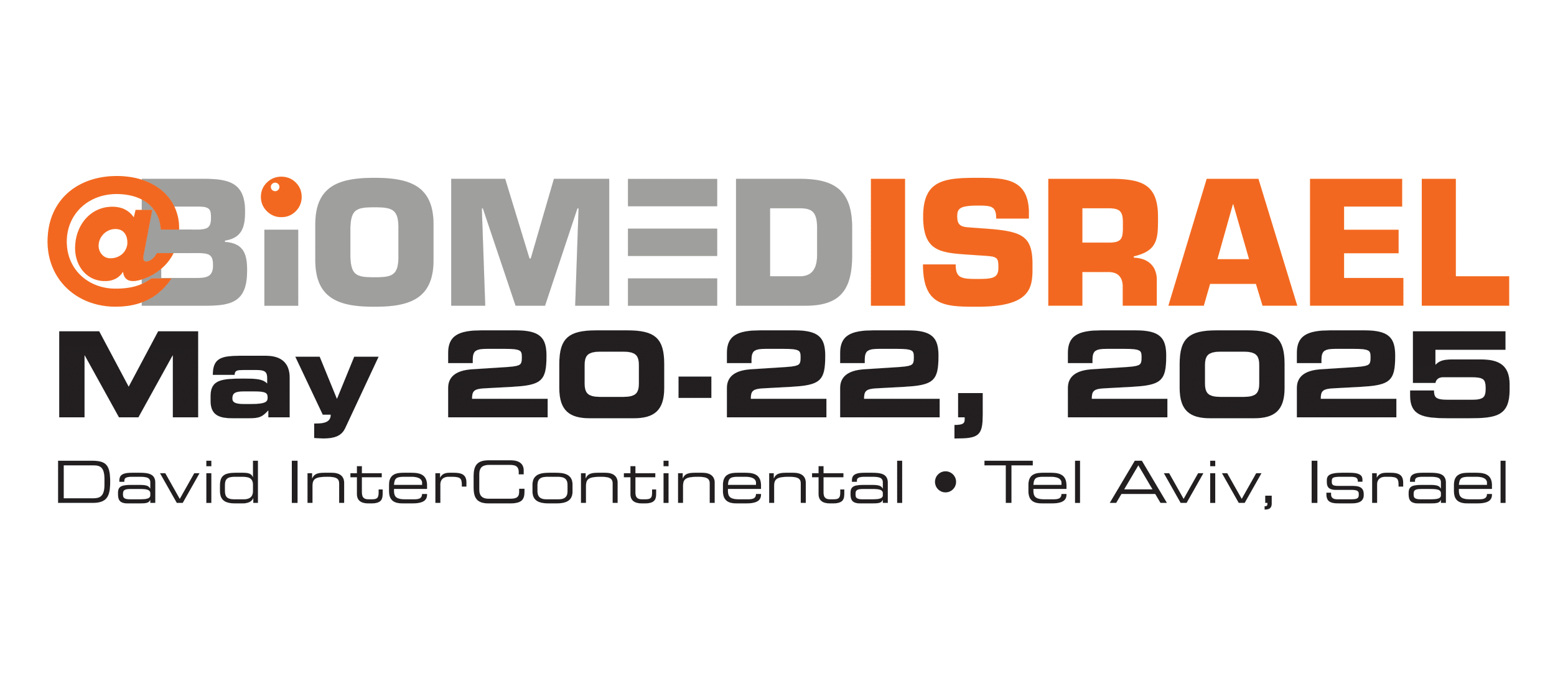
Surgical robotics is dominated by various versions of the da Vinci system from Intuitive Surgical, a competent but expensive tool that’s become a standard in modern advanced hospitals. It took Intuitive about 30 years to achieve this status, but there are systems from J&J, Medtronic, CMR Surgical, and others that are chipping away at the company’s dominance. All of these systems operate under the “master-slave” concept, which involves a surgeon sitting behind a console, away from the patient, who manipulates the mechanical arms of the robot via some kind of joystick-like device.

Thanks to kind support from Biomed Israel, the leading international Life Science and HealthTech conference in Israel (see more below), we met with Ronen Castro, the CEO of Human Xtensions at the company’s offices in Netanya, Israel.
Ronen told us about Dr. Amir Szold, a leading laparoscopic surgeon in Israel, who suggested making a laparoscopic hand-held device that has the articulation features of the existing robots, but keeps the surgeon with the patient. He felt that most of the technology in existing robotic systems does not deliver real benefits, instead complicating matters and creating costs. He imagined distilling out the beneficial concepts of surgical robots into a small, easy to use device that laparoscopic surgeons can adopt quickly.
Human Xtensions, founded as a result of this idea, thanks to its multi-disciplinary team of engineers, created the unique HandX system. It has the same degrees of freedom as the larger robots, but in a hand-held device that can be quickly adopted by laparoscopic surgeons, and which doesn’t require the surgical staff to radically change how to prep for and perform existing procedures.

We had a chance to try out manipulating a couple laparoscopic tools using the HandX. The device looks futuristic and at first the controls seem awkward and unfamiliar. But once it’s placed into your hand, the controls don’t need much explaining and become second nature almost immediately. For example, the movements of the jaws of the grasper mimic how your fingertips push onto the tabs of the controller, following along as you squeeze and release. Pan and tilt of the wrist does the same at the articulated distal tip.
Tools that can be snapped in and out of the controller can have up to 8 degrees of freedom, of which four are motorized and four are manual. And they are small tools, all being a diameter of 5 mm compared to da Vinci’s smallest being 8 mm, making them a bit less invasive and leaving a smaller skin mark. As other laparoscopic systems, Human Xtensions’ technology can be used in a wide variety of abdominal surgical procedures, such as GI, hernia, collorectal, thoracic, etc.

This new way of controlling laparoscopic tools the company describes as “endo-robotic surgery”. Its leadership sees it as being able to disrupt the existing market, thanks to significant cost reductions, all while offering surgeons capabilities previously only available from very expensive robotic systems. Moreover, there’s potential for this technology to motivate more surgeons to adopt the minimally invasive approach, as about 50% of surgical procedures in the U.S. are still done in an open fashion.
Currently, the awkwardness of conventional laparoscopic tools keeps many physicians from using them in a variety of cases. Surgeons end up manipulating laparoscopic devices to the limits of their own hands, and this causes quite a bit of physical and mental stress during procedures. The HandX, which mechanizes and motorizes four degrees of freedom compared to conventional devices, should make laparoscopy much more accessible to more physicians and make it applicable to a greater variety of procedures. Interestingly, the device has the option to reverse the tilting of articulated tips of its devices for those that feel that to be more natural.



